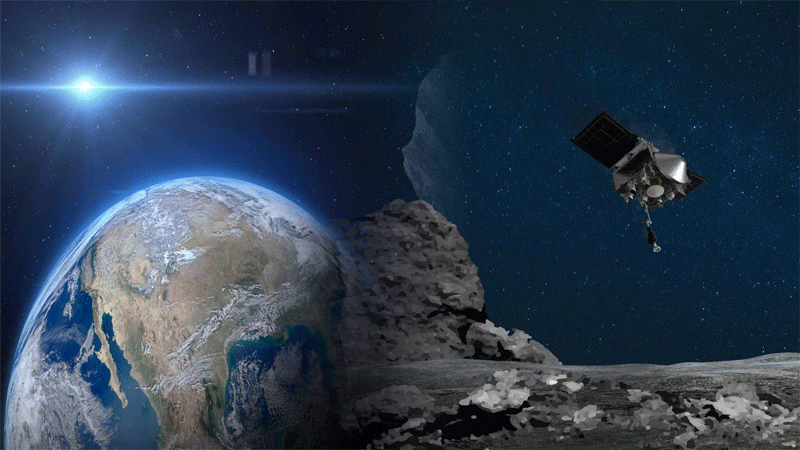Four new satellites will be designed, built, and operated as part of National Space Mission for Earth Observation, which the former Coalition government announced in March of last year.

The future of first national space mission of Australia, which involves developing satellites to monitor the ocean and detect fires and floods, is uncertain.
Four new satellites will be designed, built, and operated as part of the National Space Mission for Earth Observation (NSMEO) of Australia, which the former Coalition government announced in March of last year.
It is “the most strategic and significant space public policy in 40 years,” according to James Brown, CEO of the Space Industry Association of Australia.
The Australian military is developing vital space capabilities to support Aukus nuclear subs. These satellites would be able to collect information for the Department of Defence on weather, agriculture, natural disasters, and marine surveillance.
The ASA, in collaboration with the defence department, the CSIRO, the Bureau of Meteorology, and Geoscience Australia, is leading the mission. It would keep Australians safe and secure and create jobs for generations to come.
The federal government cut funding for three additional space projects in Tuesday’s budget, but added that the next steps for the NSMEO will be outlined in due course. Industry insiders claimed the mission was “dead” and the situation was “demoralising”.
The Australian Spaceports programme, the Australian Technology into Orbit programme, and a sub-program of the Moon to Mars programme were terminated in Tuesday’s budget.
The main reasons for withholding budget estimates from publication are that it would reveal information that should not be made public for commercial-in-confidence or national security reasons.
The three programmes were the Australian Spaceports programme, the Australian Technology into Orbit programme, and a sub-program of the Moon to Mars programme.
Through the cancellation of three small programmes announced by the previous administration, the budget included a $77 million savings. To put the ASA on a solid financial foundation, $34 million was redirected into core funding, and $43 million was allocated to budget repair.
The minister of industry and science, Ed Husic, claimed that these initiatives did not support the priorities of the Albanean government and did not provide good value for money. According to Brown, the government is “defunding space programmes with no justification.”
The supply chain programme is designed to help Australian small- to medium-sized enterprises enter global supply chains. The NSMEO must be transparent to the space industry and its employees.
The government is investing more than $10 billion in space, most of which will go to the defence department’s space command. The $392 million industry growth programme and $15 billion national reconstruction fund provide future opportunities for the space sector.
The delays in getting the NRF funding through the legislature, according to Brown, hurt space companies that were “trying to compete in the global space economy.”